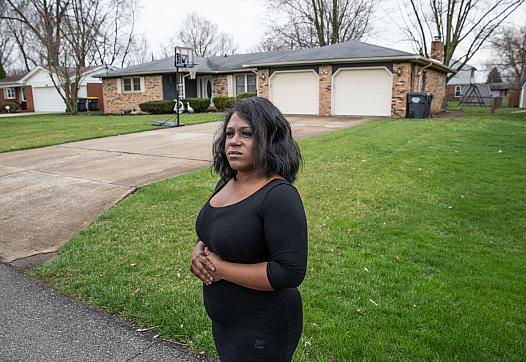
Ashley stepped out of Sandy’s red-and-white van. The 10-year-old didn’t say a word, didn’t glance back at Sandy, her adoptive mother. And she refused to meet the hazel eyes of the man waiting in front of her.

Ashley stepped out of Sandy’s red-and-white van. The 10-year-old didn’t say a word, didn’t glance back at Sandy, her adoptive mother. And she refused to meet the hazel eyes of the man waiting in front of her.

This is Part 2 of a five-part series was produced as a project for the 2017 National Fellowship.
Other stories in this series include:

Ashley would be exploited, abused and, ultimately, abandoned by people who said they cared about her. And her invisible wounds would persist for decades.

This is Part 1 of a five-part series was produced as a project for the 2017 National Fellowship, a program of USC Annenberg's Center for Health Journalism....

Child neglect is closely tied to poverty. By focusing on individual families accused of mistreating their kids, are we letting society off the hook?

A Los Angeles Times reporter spent a year reporting on the high schools in LA County surrounded by the highest number of homicides. Here's what she learned about reporting on trauma.

While reporting on the juvenile justice beat for about two years, youth advocates, public defenders, juvenile re-entry workers and probation staff told me too many kids slipped through the cracks.

In rain or snow, Route 5010 in New Mexico is impassable — a quagmire that highlights the government’s shameful neglect of Native people.
“Toxic City: Sick Schools,” a three-part Inquirer investigative series, won the $5,000 Gannett Award for Innovation in Watchdog Journalism, which will be presented to The Inquirer at IRE’s June conference in Houston.

A new reporting project will "examine the health risks to the public that can occur when society and local governments neglect or underfund initiatives to alleviate conditions where homeless populations live."